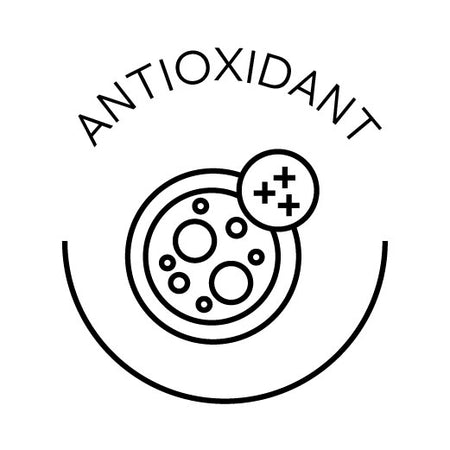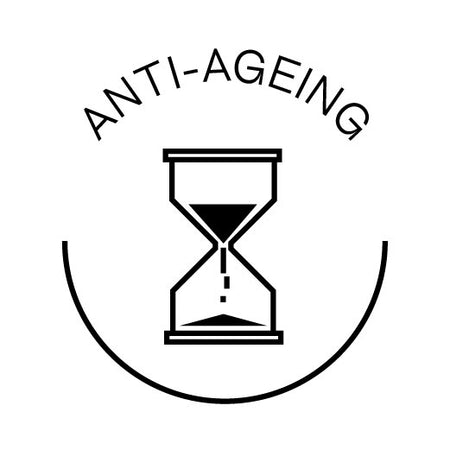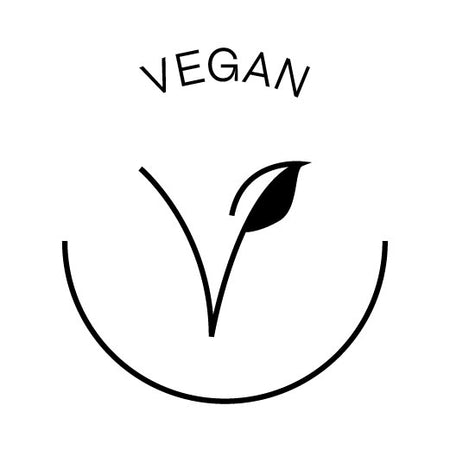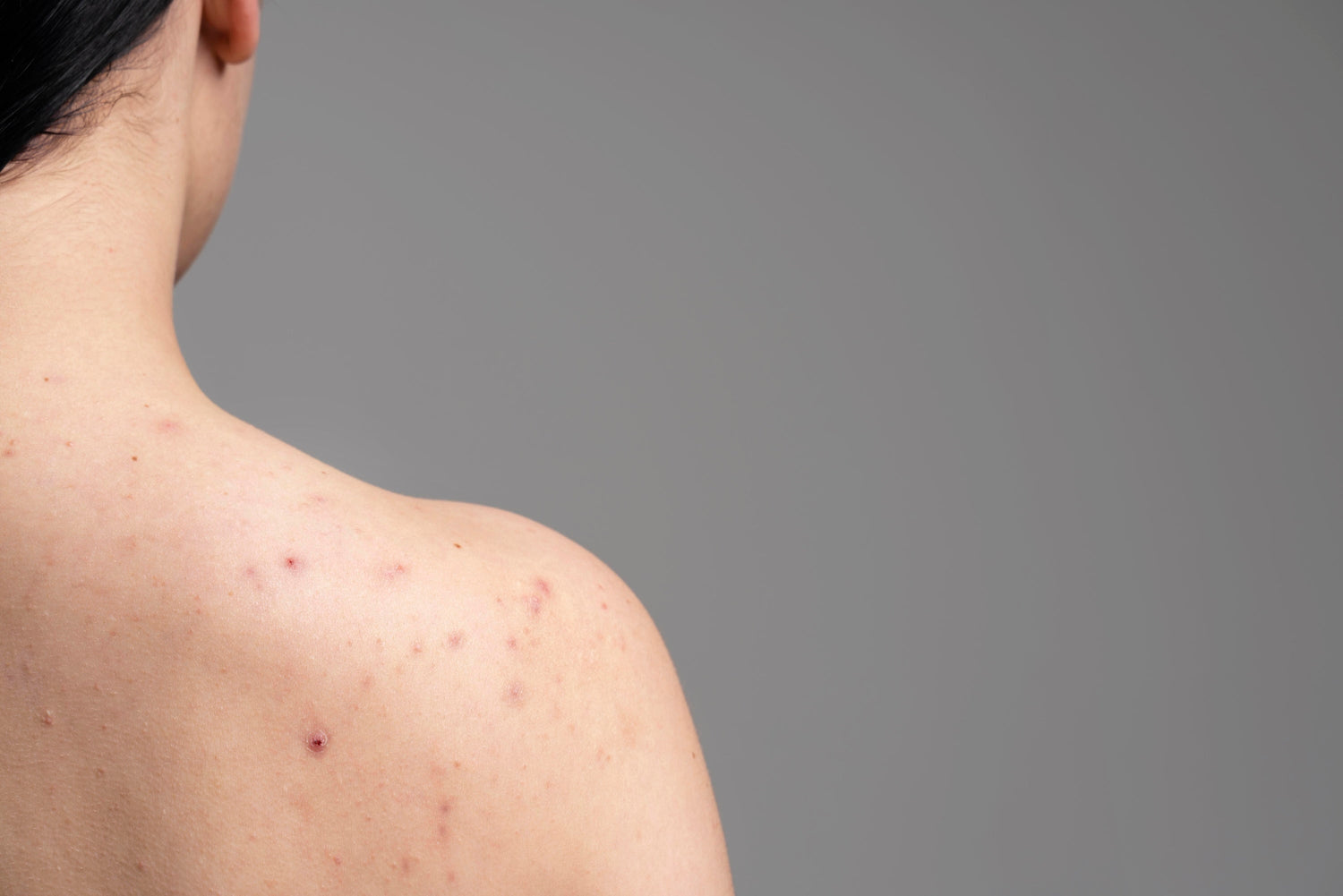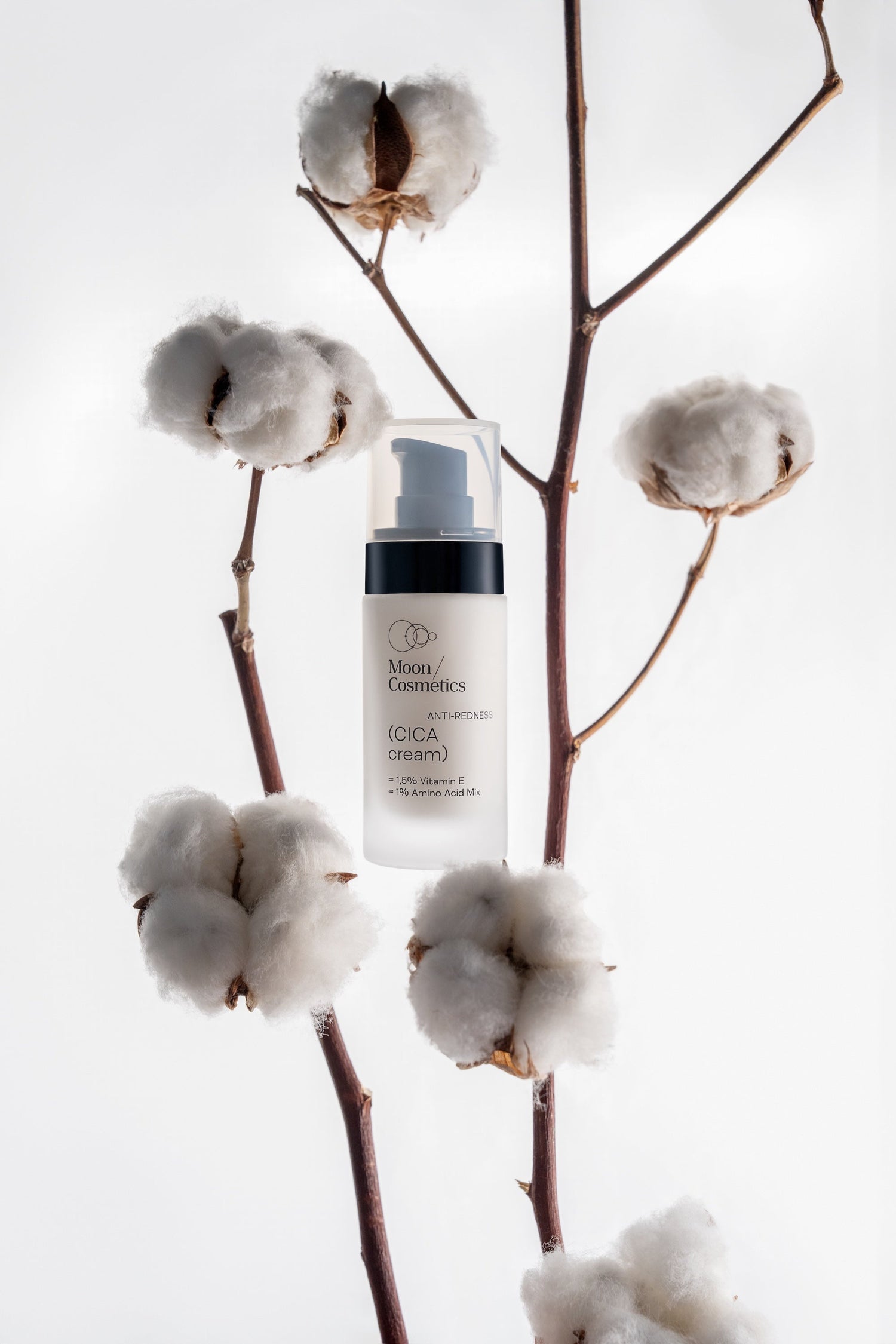[1] ILIOPOULOS, Fotis, et al. 3-O-ethyl-l-ascorbic acid:
Characterisation and investigation of single solvent systems for delivery to the skin. International Journal of Pharmaceutics: X, 2019, 1: 100025.
[2] STANIFORTH, Vanisree, et al. Ferulic acid, a phenolic phytochemical, inhibits UVB-induced matrix metalloproteinases in mouse skin via posttranslational mechanisms. The Journal of Nutritional Biochemistry, 2012, 23.5: 443-451.
[3] GAD, Mohamed Z. Anti-aging effects of L-arginine. Journal of advanced research, 2010, 1.3: 169-177.
[4] SOUZA, Ádria do Prado Barros de, et al. The in vivo effect of L-arginine on skin elasticity in mice. Brazilian
Journal of Pharmaceutical Sciences, 2017, 53.
[5] HSIAO, Chien-Yu, et al. Skin pretreatment with lasers promotes the transdermal delivery of vitamin C
derivatives. Lasers in medical science, 2011, 26: 369-376.
[6] CHEN, Siang-Jyun, et al. The anti-melanogenic effects of 3-O-ethyl ascorbic acid via Nrf2-mediated α-MSH inhibition in UVA-irradiated keratinocytes and autophagy induction in melanocytes. Free Radical Biology and Medicine, 2021, 173: 151-169.
[7] ZDUŃSKA, Kamila, et al. Antioxidant properties of ferulic acid and its possible application. Skin
pharmacology and physiology, 2018, 31.6: 332-336.
[8] BURNETT, Christina L., et al. Safety assessment of α-amino acids as used in cosmetics. International journal of toxicology, 2013, 32.6_suppl: 41S-64S.
[9] Prieiga
internetu: https://cosmileeurope.eu/lt/inci/sudedamoji-dalis/5951/glycerin/
[10] Prieiga
internetu: http://www.artchem.eu/wp-content/uploads/2013/02/Vitamina-C-stabilizzata.pdf







